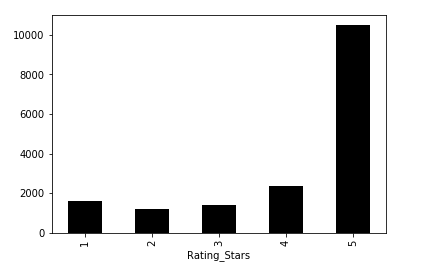For the final project I decided to build a recommendation system. I have worked with Sephora website before, both as a data scientist and as a regular customer, so I am familiar with the structure of their data and posess some domain knowledge. As far as I know, at the moment Sephora doesn't have a sophisticated recommender: they allow users to filter products based on the notes from the manufacturer. For example, a user can go to the 'beauty quiz' page, select one of the options (foundation, toner, moisturizer, etc.), specify some details, and get filtered results. However, there is no ingredient analysis behind this algorithm, and no user feature analysis.
I had many ideas about building a skincare recommendation system. One of them was to analyze user features: skin tone, skin type, eye color, and hair color. This is as close as I could get to genetical analysis. Another idea was to use several NLP techniques to understand the chemistry of skincare products. I do not have a background in biochemistry, but these techniques would allow me to detect products that have similar ingedients and recommend those to the users who already like one sister-product, but haven't tried another.
After days of exploration I ended up with three models: one that recommends products based on user feature similarity (if one user shares skin type, tone, eye color, hair color, with another user, there is a chance they will enjoy same products), one that gives content-based recommendations (cosine similarity between the chemical compositions of the products), and one hybrid model. The last one is best for business use: customer service represintatives can type in a unique user id and get a list of products recommended to that user, which, for example, can be emailed to that customer.
All three models can be found in a Dash web app that I wrote as a final touch.
A note on data acquisition and feature engineering: I scraped Sephora.com using selenium webdriver and got two dataframes: user data and product data. They were merged together on unique user id, cleaned, which resulted in a big dataframe with the following columns: 'Username', 'Skin_Tone', 'Skin_Type', 'Eye_Color', 'Hair_Color','Rating_Stars', 'Review', 'Product', 'Brand', 'Price', 'Rating','Ingredients', 'Combination', 'Dry', 'Normal', 'Oily', 'Sensitive','Category', 'Product_Url', 'User_id', 'Product_id','Ingredients_Cleaned', 'Review_Cleaned', 'Good_Stuff', 'Ing_Tfidf'.
EDA
As we can see on the graph above, the ratings are unevenly distributed. One may expect to see more balanced ratings, or more 1-star reviews, but in reality, 5-star is a dominant class. This means that Sephora customers mostly write reviews when they are happy with the product. This may cause some problems in building a recommendation system, so the threshold should be 'greater than 4' and '4 or less'. We only want to recommend products that a user will rate with 5 stars.
Wordclouds (positive and negative reviews)
If you carefully look at the wordcloud of the negative reviews, you can see that a lot of people complain about the smell of the skincare product!
LDA clustering
Model 1: Recommender that uses the customer features only to recommend the products
Model 2: Recommends products using similarity between their ingredients
These recommendations actually make a lot of sense. I have tested it on the product that I used and loved, and it spits out the names that I also enjoy!
Model 3: Hybrid model that compares users







